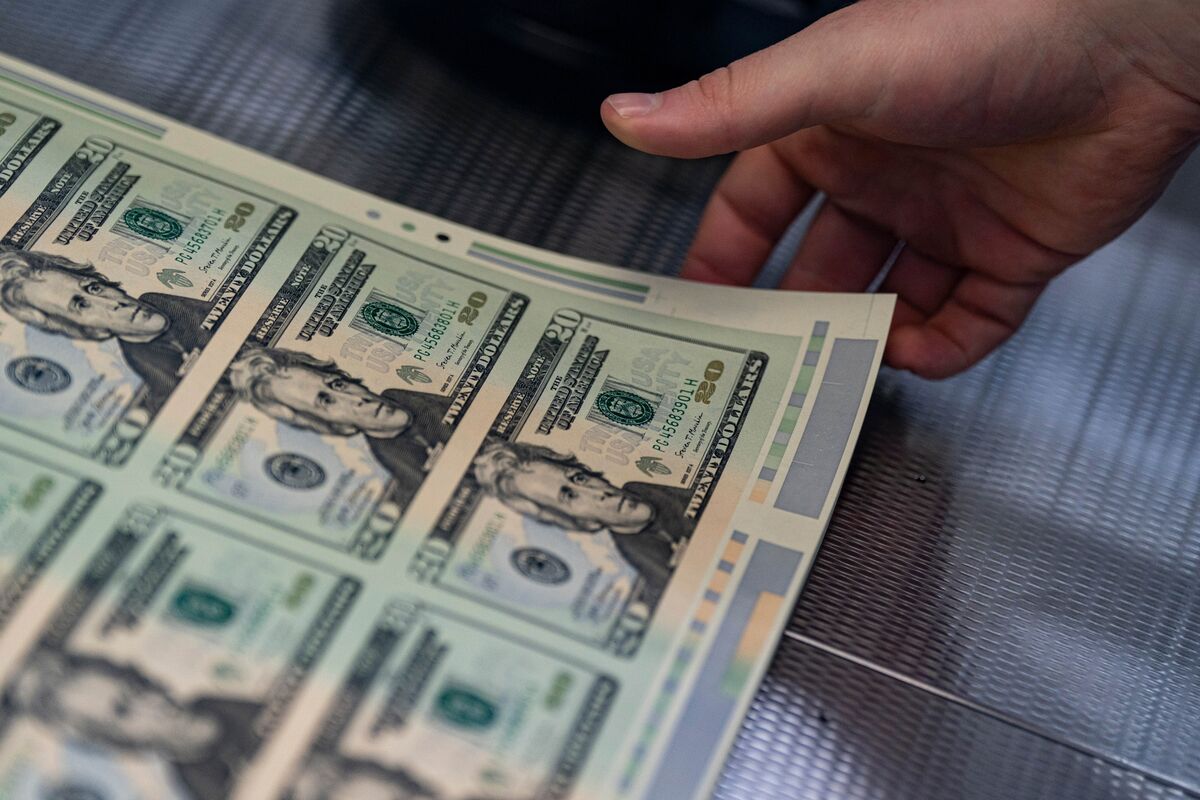Increased Dollar Hedging: USD Concerns Rise
The US dollar's reign as the world's reserve currency is facing increasing scrutiny, leading to a surge in dollar hedging activities. This trend reflects growing concerns about the dollar's future strength and stability, prompting businesses and investors to protect themselves against potential losses. Understanding the reasons behind this increase and its implications is crucial for navigating the current economic landscape.
Why the Surge in Dollar Hedging?
Several factors contribute to the rising trend of dollar hedging:
1. Inflationary Pressures: Persistent inflation in the US, coupled with aggressive interest rate hikes by the Federal Reserve, creates uncertainty about the dollar's long-term value. High inflation erodes the purchasing power of the dollar, making it less attractive as a store of value. This uncertainty is a primary driver for hedging strategies.
2. Geopolitical Risks: The ongoing war in Ukraine, rising tensions between the US and China, and other geopolitical uncertainties contribute to a climate of risk aversion. Investors often seek refuge in safe haven assets, but the dollar's perceived vulnerability has led many to hedge their exposure.
3. Shifting Global Power Dynamics: The rise of alternative currencies and payment systems, such as the Chinese yuan and the potential for a multipolar monetary system, challenges the dollar's dominance. This shift weakens the dollar's perceived stability and encourages hedging as a risk mitigation strategy.
4. US Debt Ceiling Concerns: Repeated debates and near-defaults on the US debt ceiling heighten concerns about the country's fiscal responsibility. This uncertainty undermines investor confidence in the dollar's long-term stability and fuels hedging activity.
5. Interest Rate Differentials: While the Federal Reserve's rate hikes initially strengthened the dollar, the divergence between US interest rates and those of other countries is narrowing. This reduced interest rate differential lessens the appeal of holding dollar-denominated assets, prompting increased hedging.
Understanding Dollar Hedging Strategies
Dollar hedging involves using various financial instruments to mitigate the risk of losses stemming from fluctuations in the dollar's exchange rate. Common strategies include:
1. Forward Contracts: These agreements lock in a future exchange rate for a specific amount of currency, eliminating the risk of unfavorable exchange rate movements.
2. Futures Contracts: Similar to forwards, futures contracts allow investors to buy or sell a currency at a predetermined price on a specific date. They are standardized and traded on exchanges.
3. Options Contracts: Options provide the right, but not the obligation, to buy or sell a currency at a specific price within a certain timeframe. This offers flexibility in managing exchange rate risk.
4. Currency Swaps: These agreements involve exchanging principal and interest payments in different currencies over a specified period, effectively hedging against exchange rate fluctuations.
Implications of Increased Dollar Hedging
The increased prevalence of dollar hedging has significant implications for the global economy:
-
Reduced Demand for Dollars: Hedging strategies inherently reduce the demand for dollars, potentially impacting its value in the long run.
-
Increased Volatility: The increased hedging activity itself can contribute to increased volatility in the foreign exchange market.
-
Shifts in Global Investment Flows: Investors may shift their portfolios away from dollar-denominated assets, altering global investment patterns.
-
Impact on US Economic Policy: The trend could influence the Federal Reserve's monetary policy decisions, potentially leading to adjustments in interest rate targets.
Conclusion: Navigating Uncertainty
The surge in dollar hedging signifies a growing apprehension about the US dollar's future. While the dollar remains the dominant world currency, the underlying factors driving this trend cannot be ignored. Understanding these factors and employing appropriate hedging strategies is crucial for individuals and businesses seeking to protect their assets and navigate the evolving global economic landscape. The future of the dollar's dominance remains uncertain, and staying informed is key to mitigating potential risks.
